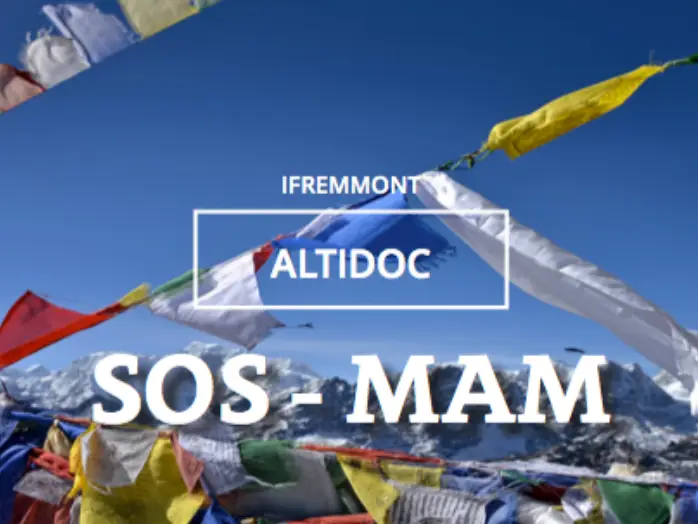Taking one or more people on a journey is a responsibility. Nowadays, it is common to see people following those who sell “cool trips” or retreats that include certain practices—without any safety measures. No insurance. No understanding of the psychological issues that can arise when facing too strong a cultural contrast. And sometimes, no specific knowledge about taking people above 3,000 meters in altitude—which is often the case when visiting countries in the Himalayan regions. The problem is, once something goes wrong, it is often too late to act, especially at high altitude…

A partnership with Ifremmont, the Institute for Training and Research in Mountain Medicine
I attach the highest importance to health and the smooth running of a journey. This is why high-altitude trips are organized in partnership:
-
with a tour operator based in Nepal, managed by long-standing Tibetan friends,
-
with specialist doctors in altitude and remote environments from Ifremmont, the Institute for Training and Research in Mountain Medicine.
Although on each of these high-altitude trips a local guide is responsible for the journey, I am personally present and will also be trained in March 2018 as an “Ifremmont Medical Correspondent.”
Safety services and equipment during the trip
The safety services and equipment that accompany us on these trips include:
-
24/7 contact by phone with a specialist doctor from Ifremmont for any health problem during the trip, whatever it may be,
-
a medical kit adapted to altitude conditions, covering most situations,
-
a hyperbaric chamber,
-
a satellite phone.
Your membership in the SOS AMS service is included in these trips
It is important to be ready to act during the journey, but prevention is equally essential. For this reason, each participant traveling beyond 3,000 meters will benefit from:
-
a preventive teleconsultation of around 30 minutes with an altitude medicine specialist from Ifremmont to review your general health and, if necessary, organize further tests. You can also ask your questions during this session. This preventive consultation is not mandatory but strongly recommended, which is why the costs will be covered by VoyagesBienEtre.com.
-
registration on the Ifremmont servers to complete a strictly confidential and secure online medical file, allowing doctors to better know you in case of a problem. Completing this file is mandatory to ensure maximum safety during the trip.
⚠️ Please note: this service in no way replaces your personal medical assistance/health repatriation insurance.
Altitude
It is common—but incorrect—to say that one goes to the mountains “to oxygenate”! While it is true that the air is less polluted, the oxygen pressure in the ambient air decreases as altitude increases (by a third at 3,500 m, by half at 5,500 m, by two-thirds at the summit of Everest).
This decrease in available oxygen can first cause discomfort, then minor accidents (acute mountain sickness), and in the worst cases, serious accidents (high-altitude pulmonary edema and high-altitude cerebral edema).
AMS can occur during an ascent but also upon arrival in an airport or city located above 3,500 meters (e.g., La Paz in Bolivia, Cuzco in Peru, or Lhasa in Tibet).
Who should consult a mountain medicine specialist?
-
Anyone preparing for the first time a stay above 3,000 meters.
-
Anyone with a chronic condition that could be affected by altitude.
-
Anyone following a specific medical treatment.
-
Anyone who has previously suffered from altitude-related medical issues.
-
Anyone working periodically at high altitude.
-
Anyone responsible for a trekking group or high-altitude expedition who could become a medical point of contact.
-
Anyone eager for knowledge and wishing to maximize their chances of a successful trip.


Ajouter un commentaire
Commentaires